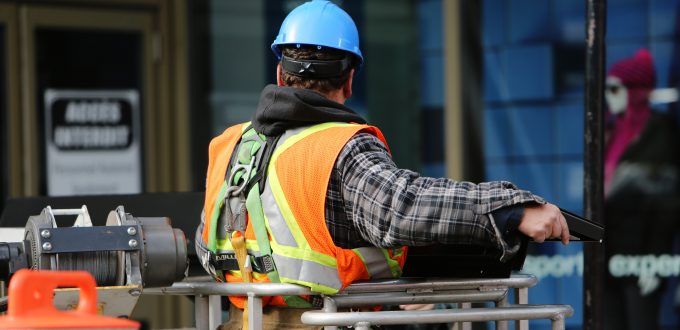As part of a broader attempt to stop the spread of the coronavirus, many companies across the globe are sending their employees home to work. This situation is clearly changing working patterns as companies are trying to embrace remote working. This transformation creates a new set of challenges for organisations, including supporting and staying connected […]
Blog
WHY ORGANISATIONS DON’T INVEST IN LONE W
Is it surprising that organisations still hesitate to use technology to protect their most vulnerable staff at a time when violence is on the increase (2019 Crime Survey for England & Wales) and the courts have increasingly greater powers to impose heavy fines and cause reputational damage for proven employer negligence? It may not that […]
REMOTE WORKING
Lone Working tends to involve staff performing tasks alone in the office, visiting clients in the community or field work. Remote Working is another category which may be used to describe staff who frequently work alone at home. These home based workers are usually ‘risk assessed’ by employers under Duty of Care to reduce the […]
WORKING MORE EFFECTIVELY ALONE
We often hear about sad cases of staff who have been injured whilst working alone and of employers being fined heavily for Duty of Care failures. Although the media often highlights the downside of lone working, there are great efficiencies to be made by deploying adequately protected lone workers. Lone worker safety systems enable employers […]
ID Badges – Police warning on dangers of
Many NHS Trusts and housing associations provide their lone workers with systems which require a lanyard worn around the neck attached to an ID Badge. From our experience of talking with NHS Health & Safety staff, it is clear that most lone workers avoid wearing ID Badges with lanyards because they are often pulled by […]




